Your Tax Toolkit
Resources
Login Links
Your FAQ Hub
Answers For Every Stage of the Tax Year
Our FAQ section is designed to make your tax journey easier. We’ve compiled answers to common and specialized questions, addressing the unique concerns that arise at different times of the year. Whether you’re preparing, planning, or resolving an issue, we’ve got the information you need.
January–April
Tax Preparation & Filing
May–August
Post-Filing & Mid-Year Planning
September–December
Year-End Tax Strategies
From Our Desk to Yours
Key Life Events That Change Your Tax Filing Status
Life changes, such as marriage, divorce, or expanding your family, are emotional milestones that often impact more than just your personal life—they come with practical considerations as well. One...
Read more
Post-Tax Season Tips for Better Preparedness
As the flurry of tax season fades, it's natural to breathe a sigh of relief. Yet, even with the tax season behind us, some proactive steps now can prevent the stress of last-minute scrambles in the...
Read more
Audit-Readiness Checklist: Be Prepared Year-Round
Ah, the relief of filing your taxes – a sensation familiar to many. But amidst that relief, it's wise to remember that audits, though rare, do occur. By staying audit-ready year-round, you can...
Read more
Understanding Tax Refunds: A Guide for Taxpayers
Many eagerly anticipate their tax refunds each year. Whether you’re counting on a little extra to boost your savings or cover expenses, understanding the refund process can help you plan better and...
Read more
Maximize Your Savings: Contribute to Your 2024 Roth IRA
As we step into 2025, it's essential to keep your retirement savings strategy updated and robust. One of the most beneficial avenues for long-term savings remains the Roth IRA. But did you know you...
Read more
Why to Use Accountants, Not Tax Software
As tax season approaches, many individuals and businesses face a critical decision: should they use digital tax software or hire a professional accountant to handle their tax filings? On the...
Read more
High-Level Tax Strategies to Boost Small Business Success
Managing taxes for small businesses is both a complex and critical task. Effective tax management ensures compliance with regulations and can significantly reduce tax liabilities, enhancing...
Read more
Common Payroll Mistakes Explained
Managing Payroll: Avoid Common Pitfalls Payroll processing is a critical aspect of any business. When it works seamlessly, it often goes unnoticed; however, when mistakes occur, they can lead to...
Read more
View more










